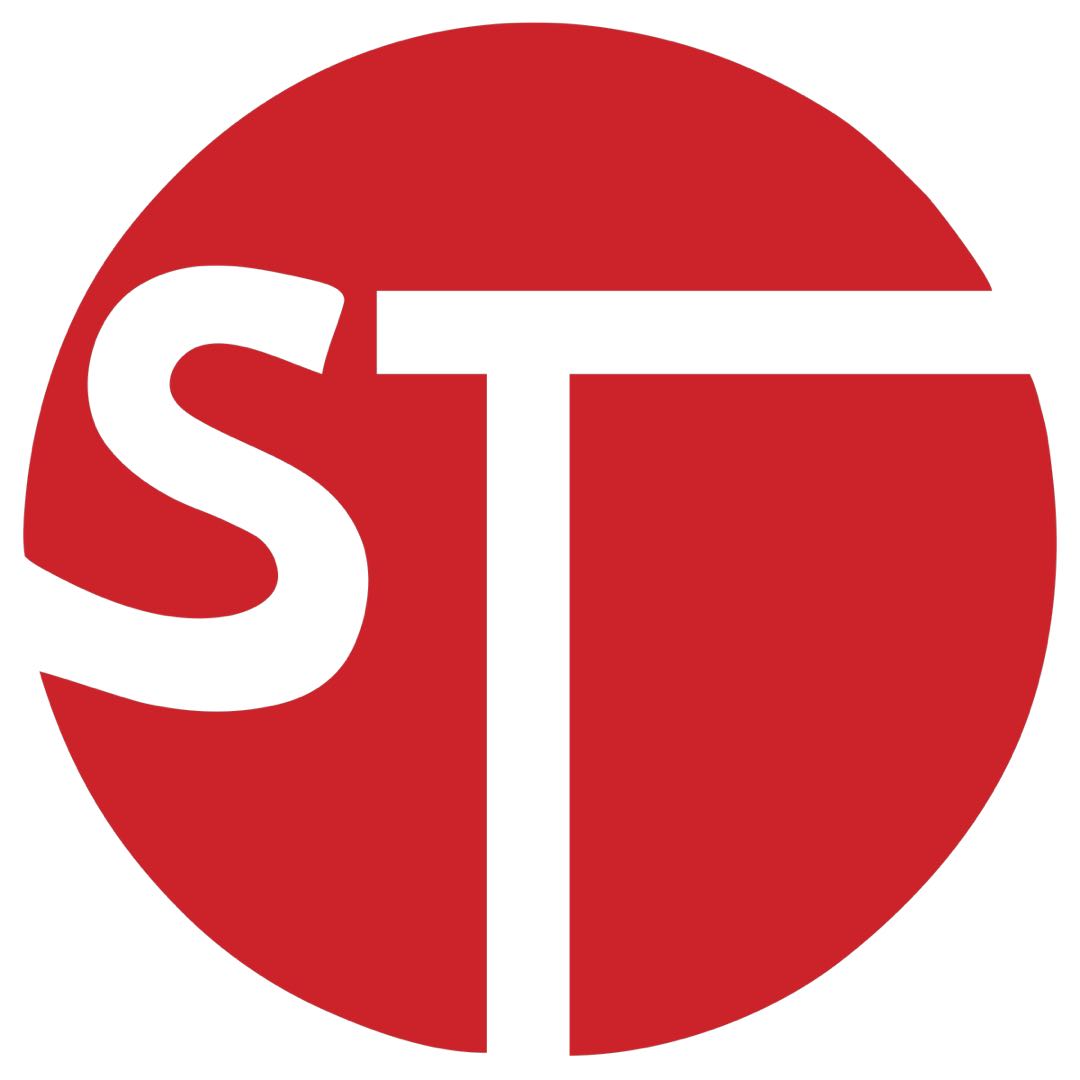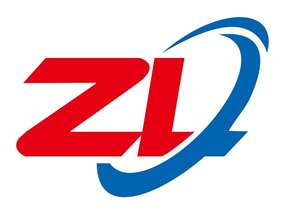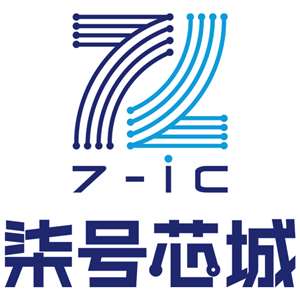YMF724F
IMPORTANT NOTICE
1. Yamaha reserves the right to make changes to its Products and to this document without
notice. The information contained in this document has been carefully checked and is
believed to be reliable. However, Yamaha assumes no responsibilities for inaccuracies and
makes no commitment to update or to keep current the information contained in this
document.
2. These Yamaha Products are designed only for commercial and normal industrial
applications, and are not suitable for other uses, such as medical life support equipment,
nuclear facilities, critical care equipment or any other application the failure of which could
lead to death, personal injury or environmental or property damage. Use of the Products in
any such application is at the customer's sole risk and expense.
3. YAMAHA ASSUMES NO LIABILITY FOR INCIDENTAL, CONSEQUENTIAL OR
SPECIAL DAMAGES OR INJURY THAT MAY RESULT FROM MISAPPLICATION OR
IMPROPER USE OR OPERATION OF THE PRODUCTS.
4. YAMAHA MAKES NO WARRANTY OR REPRESENTATION THAT THE PRODUCTS
ARE SUBJECT TO INTELLECTUAL PROPERTY LICENSE FROM YAMAHA OR
ANYTHIRD PARTY, AND YAMAHA MAKES NO WARRANTY OR REPRESENTATION
OF NON-INFRINGEMENT WITH RESPECT TO THE PRODUCTS. YAMAHA
SPECIFICALLY EXCLUDES ANY LIABILITY TO THE CUSTOMER OR ANY THIRD
PARTY ARISING FROM OR RELATED TO THE PRODUCTS' INFRINGEMENT OF ANY
THIRD PARTY'S INTELLECTUAL PROPERTY RIGHTS, INCLUDING THE PATENT,
COPYRIGHT, TRADEMARK OR TRADE SECRET RIGHTS OF ANY THIRD PARTY.
5. EXAMPLES OF USE DESCRIBED HEREIN ARE MERELY TO INDICATE THE
CHARACTERISTICS AND PERFORMANCE OF YAMAHA PRODUCTS. YAMAHA
ASSUMES NO RESPONSIBILITY FOR ANY INTELLECTUAL PROPERTY CLAIMS OR
OTHER PROBLEMS THAT MAY RESULT FROM APPLICATIONS BASED ON THE
EXAMPLES DESCRIBED HEREIN. YAMAHA MAKES NO WARRANTY WITH RESPECT
TO THE PRODUCTS, EXPRESS OR IMPLIED, INCLUDING, BUT NOT LIMITED TO THE
WARRANTIES OF MERCHANTABILITY, FITNESS FOR A PARTICULAR USE AND
TITLE.
Note) The specifications of this product are subject to improvement change without prior notice.
YAMAHA CORPORATION
Address inquires to :
AGENCY
Semi-conductor Sales Department
- Head Office
203, MatsunokiJima, Toyooka-mura.
Iwata-gun, Shizuoka-ken, 438-0192
Tel. +81-539-62-4918 Fax. +81-539-62-5054
2-17-11, Takanawa, Minato-ku, Tokyo, 108-8568
Tel. +81-3-5488-5431 Fax. +81-3-5488-5088
1-13-17, Namba Naka, Naniwa-ku,
- Tokyo Office
- Osaka Office
Osaka City, Osaka, 556-0011
Tel. +81-6-6633-3690 Fax. +81-6-6633-3691
YAMAHA System Technology.
- U.S.A. Office
100 Century Center Court, San Jose, CA 95112
Tel. +1-408-467-2300 Fax. +1-408-437-8791
January 14, 1999
-50-



![]()
![]()

![]()


![]()
![]()
